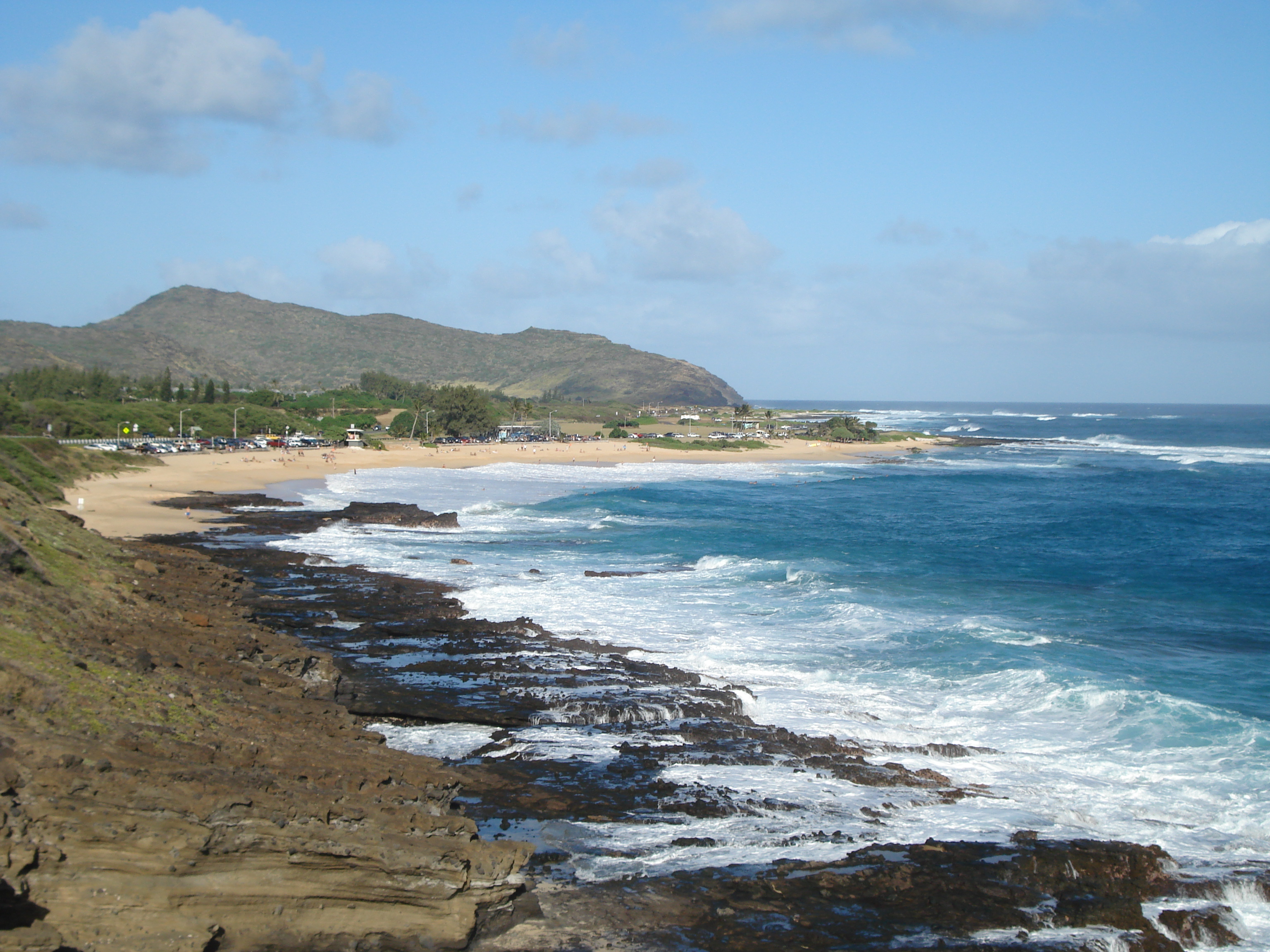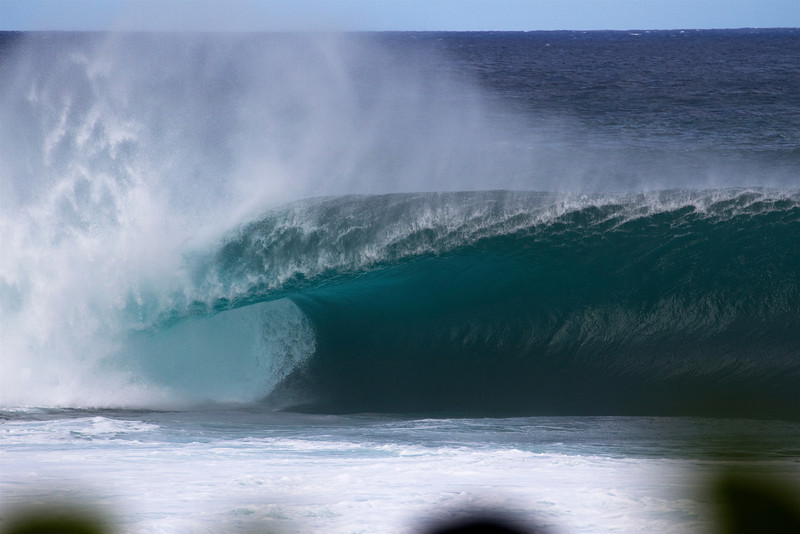|
Ben Severson
Ben Severson is a Sandy Beach bodyboarder. He was the 1986 world bodyboarding champion.Severson, Ben with Jake Grubb (1986). Bodyboard Handbook. Newport Beach, California: Grubb Stake Media Ltd. ASIN: B000GKJSQ6 Biography In the early 1980s, Severson had been riding the Morey Boogie Mach 7-7, the first slick-bottomed board designed by Tom Morey. In 1984 Severson began experimenting with transitional rails and changing the size of his boards as well. Morey Boogie sent him blanks that he began to customize, in particular to aid surfing in large surf at Pipeline.Pye, Owen (2013). Born to Boogie - Legends of Bodyboarding. Page 22. Newquay, UK: Orca Publications. By 1986 Severson was becoming recognized as a developer of innovative board designs by the industry and that year was his most successful competitively as he won both the 1986 Morey World Championship and the National Pro/Am. In 1987 Severson signed with bodyboard manufacturer BZ and he soon released his first mass-produ ... [...More Info...] [...Related Items...] OR: [Wikipedia] [Google] [Baidu] |
Bodyboarder
Bodyboarding is a water sport in which the surfer rides a bodyboard on the crest, face, and curl of a wave which is carrying the surfer towards the shore. Bodyboarding is also referred to as ''Boogieboarding'' due to the invention of the "Boogie Board" by Tom Morey in 1971. The average bodyboard consists of a short, rectangular piece of hydrodynamic foam. Bodyboarders typically use swim fins for additional propulsion and control while riding a breaking wave. Origin Bodyboarding originates from an ancient form of riding waves (surfing) on one's belly. Indigenous Polynesians rode "'' alaia''" (pronounced ah-lie-ah) boards either on their belly, knees, or feet (in rare instances). '' Alaia'' boards were generally made from the wood of ''Acacia koa'' and varied in length and shape. They are distinct from the modern stand-up surfboards in that they had no ventral fins. Captain Cook recorded seeing Hawaiian villagers riding such boards when he came to Hawaii in 1778. The boards he wi ... [...More Info...] [...Related Items...] OR: [Wikipedia] [Google] [Baidu] |
Sandy Beach, Hawaii
Sandy Beach is a beach on the South Shore of Oahu in Hawaii. It is known for its excellent bodyboarding and bodysurfing opportunities due to shore break and consistent barrels. Consequently, more injuries occur per year at Sandy Beach than any other beach in Hawaii, earning it the infamous nickname, "break-neck" beach. The water is especially dangerous during high surf, when strong rip currents are present. The beach park is located between Hanauma Bay Nature Preserve Park on the west and Makapuu Point on east along 8800 Kalanianaole Highway in Honolulu Honolulu (; ) is the capital and largest city of the U.S. state of Hawaii, which is in the Pacific Ocean. It is an unincorporated county seat of the consolidated City and County of Honolulu, situated along the southeast coast of the isla ...'s southside neighborhood. In October 2014, Honolulu City Council member Stanley Chang proposed changing the name of Sandy Beach to "President Barack Obama Sandy Beach Park." The pl ... [...More Info...] [...Related Items...] OR: [Wikipedia] [Google] [Baidu] |
Bodyboarding
Bodyboarding is a water sport in which the surfer rides a bodyboard on the crest, face, and curl of a wave which is carrying the surfer towards the shore. Bodyboarding is also referred to as ''Boogieboarding'' due to the invention of the "Boogie Board" by Tom Morey in 1971. The average bodyboard consists of a short, rectangular piece of hydrodynamic foam. Bodyboarders typically use swim fins for additional propulsion and control while riding a breaking wave. Origin Bodyboarding originates from an ancient form of riding waves (surfing) on one's belly. Indigenous Polynesians rode "''alaia''" (pronounced ah-lie-ah) boards either on their belly, knees, or feet (in rare instances). ''Alaia'' boards were generally made from the wood of ''Acacia koa'' and varied in length and shape. They are distinct from the modern stand-up surfboards in that they had no ventral fins. Captain Cook recorded seeing Hawaiian villagers riding such boards when he came to Hawaii in 1778. The boards he ... [...More Info...] [...Related Items...] OR: [Wikipedia] [Google] [Baidu] |
Tom Morey
Tom Hugh Morey (15 August 1935 – 14 October 2021), also known by the moniker "Y", was a musician, engineer, surfboard shaper, and surfer responsible for several technological innovations that have heavily influenced modern developments in surfing equipment design. Biography Morey was born in Detroit, Michigan in 1935. By 1944, he was living in Laguna Beach, California, and was avidly developing his talent for drumming. He became a professional musician in the 1950s. He was an avid performer of jazz. While surfing as a hobby he attended the University of Southern California and graduated with a B.A. in mathematics in 1957. He married Jolly Givens in 1958 and worked for Douglas Aircraft, as a process engineer in composites. After Douglas, he worked a series of jobs involving composite materials and processes, which he applied to his surf-related inventions. He left the corporate world for good in 1964, moved to Ventura and started a series of companies that served the surfing ma ... [...More Info...] [...Related Items...] OR: [Wikipedia] [Google] [Baidu] |
Banzai Pipeline
The Banzai Pipeline, or simply Pipeline or Pipe, is a surf reef break located in Hawaii, off Ehukai Beach Park in Pupukea on O'ahu's North Shore. A reef break is an area in the ocean where waves start to break once they reach the shallows of a reef. Pipeline is known for huge waves that break in shallow water just above a sharp and cavernous reef, forming large, hollow, thick curls of water that surfers can tube ride. There are three reefs at Pipeline in progressively deeper water farther out to sea that activate according to the increasing size of approaching ocean swells. Origin of the name The location's compound name combines the name of the surf break (Pipeline) with the name of the beach fronting it (Banzai Beach). It got its name in December 1961, when surfing legend producer Bruce Brown was driving up north with Californians Phil Edwards and Mike Diffenderfer. Brown stopped at the site to film Edwards catching several waves. At the time, there was a construction pro ... [...More Info...] [...Related Items...] OR: [Wikipedia] [Google] [Baidu] |
Mike Stewart (bodyboarder)
Mike Stewart (born 1963) is a nine-time World Champion bodyboarder, one of the early pioneers of the bodyboarding sport, a pioneer of big-wave tow-in surfing and also a champion bodysurfer. Having ridden bodyboards since the inception of the sport, Stewart is the most experienced bodyboarder currently on the tour. He has won the annual Banzai Pipeline event a record 11 times, from which 9 earned him the world title, and has been crowned the Pipeline Bodysurfing Classic champion a record 15 times. He is the only bodyboarder to have competed in the Banzai Pipeline event since 1982. He has received the title '' Mister Pipeline'' for being the best wave rider of any kind: the only non stand-up surfer to achieve this accolade. Along with fellow bodyboarder Ben Severson, Stewart pioneered surfing Teahupo'o in the late 1980s. This location has since gone on to become a premier global big-wave surfing destination on the WSL circuit. Stewart is also an accomplished bodysurfer, havi ... [...More Info...] [...Related Items...] OR: [Wikipedia] [Google] [Baidu] |
Teahupo'o
Teahupoo () is a village on the southwestern coast of the island of Tahiti, French Polynesia, in the southern Pacific Ocean. It is known for the surf break and heavy, glassy waves offshore, often reaching , and sometimes up to . It is the site of the annual Billabong Pro Tahiti surf competition, part of the World Championship Tour (WCT) of the Association of Surfing Professionals World Tour surfing circuit, and used to be one stop in the World Tour of the International Bodyboarding Association. Tahitian Thierry Vernaudon and a few other locals surfed Teahupo’o for the very first time in 1985. Bodyboarding pioneers Mike Stewart and Ben Severson showcased the spot in 1986 and it soon became an underground spot for thrill-seeking bodyboarders. Few professional surfers rode Teahupo'o during the early 1990s and it was only in 1998, at the Gotcha Tahiti Pro, that Teahupo'o became widely recognized as having some of the heaviest waves in the world. On August 17, 2000 Laird Hamilton ... [...More Info...] [...Related Items...] OR: [Wikipedia] [Google] [Baidu] |
Billabong Pro Teahupoo
Billabong Pro Teahupoo is a professional surfing competition of the World Surf League held at the break Teahupo'o in Taiarapu, Tahiti Tahiti (; Tahitian ; ; previously also known as Otaheite) is the largest island of the Windward group of the Society Islands in French Polynesia. It is located in the central part of the Pacific Ocean and the nearest major landmass is Austra .... The Billabong Pro Teahupoo was founded in 1999 and has been recognized as "one of the world's heaviest big wave competitions". This is because Teahupoo is the only known natural wave break in the world that breaks below sea level. It is also "renowned for being the deadliest competition associated with surfing to this present date". The Billabong Pro Teahupoo has not claimed any lives since the surf competition began in 1999, but the wave has claimed lives over the years. Billabong Pro Teahupoo location The surfing event takes place in Teahupo’o, a village on the south-west coast of the island of ... [...More Info...] [...Related Items...] OR: [Wikipedia] [Google] [Baidu] |
Living People
Related categories * :Year of birth missing (living people) / :Year of birth unknown * :Date of birth missing (living people) / :Date of birth unknown * :Place of birth missing (living people) / :Place of birth unknown * :Year of death missing / :Year of death unknown * :Date of death missing / :Date of death unknown * :Place of death missing / :Place of death unknown * :Missing middle or first names See also * :Dead people * :Template:L, which generates this category or death years, and birth year and sort keys. : {{DEFAULTSORT:Living people 21st-century people People by status ... [...More Info...] [...Related Items...] OR: [Wikipedia] [Google] [Baidu] |




